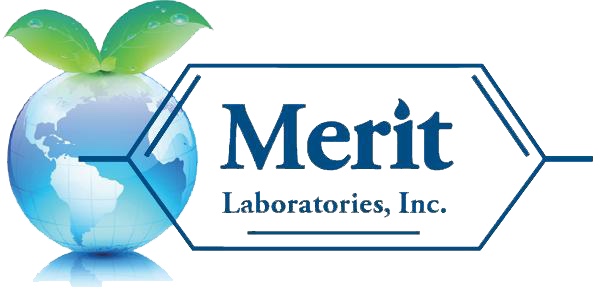The State of New York Department of Health (DOH) postponed a final decision on setting PFAS maximum contaminant levels (MCLs) in drinking water The DOH cancelled a June 4th meeting where it was expected to adopt the recommended MCLs of 10 ppt for PFOA and 10 ppt for PFOS. This is the second time the meeting has been cancelled due to the COVID-19 pandemic. As part of the pending standards, the chemical1,4-dioxane is recommend for MCL of 1 ppb. The governor issued an executive order granting a 90-day extension, so the rulemaking must be completed by August 7.
As part of the state’s overall PFAS program effort, the New York Department of Environmental Conservation (NYDEC) in February issued Guidelines for Sampling and Analysis of PFAS. A few specific highlights from the New York PFAS Guidance Document include information on water and soil sample results:
Water Sample Results
PFAS should be further assessed and considered as a potential contaminant of concern in groundwater or surface water if PFOA or PFOS is detected in any water sample at or above 10 ng/L (ppt). In addition, further assessment of water may be warranted if either of the following screening levels are met:
any other individual PFAS (not PFOA or PFOS) is detected in water at or above 100 ng/L; or
total concentration of PFAS (including PFOA and PFOS) is detected in water at or above 500 ng/L. If PFAS are identified as a contaminant of concern for a site, they should be assessed as part of the remedy selection process in accordance with Part 375 and DER-10.
Soil Sample Results
The extent of soil contamination for purposes of delineation and remedy selection should be determined by having certain soil samples tested by Synthetic Precipitation Leaching Procedure (SPLP) and the leachate analyzed for PFAS. Soil exhibiting SPLP results above 70 ppt for either PFOA or PFOS (individually or combined) are to be evaluated during the cleanup phase. Sites in the site management phase should evaluate for PFAS to determine if modification to any components of the SMP is necessary (e.g., monitoring for PFAS, upgrading treatment facilities, or performing an RSO)
While these PFAS Sampling and Analysis guidelines are important in the process of preventing further PFAS contamination, real progress will be made when the drinking water standards MCLs are finalized.
In an interview with WAMC of Albany, New York, Dan Shapley, Water Quality Program Director for Riverkeeper emphasized the importance of setting a state drinking water standards in New York, “the Department of Defense, keeps pointing to the federal guidelines, which are very weak and not as protective as the state standards that we want to have set as soon as possible.” Shapley said he’s sympathetic to DOH staff being overburdened and focused on the pandemic.
The COVID-19 crisis has added a sense of urgency for getting the PFAS drinking water standards finished and hopefully by August the State of New York will have them implemented. “So once these state standards are set for drinking water, state cleanup standards follow, those become legally enforceable and we’re going to get better cleanups, and we’re going to get the cleanups that we need in Newburgh and elsewhere,” Shapley said in the WAMC interview.
Merit, certified by the State of New York, is a leading national PFAS environmental laboratory, analyzing drinking water, soil, wastewater, groundwater, and other sample matrices, including biosolids and sludge. Analytical methods performed by Merit for PFAS include drinking water by EPA 533, EPA 537.1, and EPA 537 rev. 1.1 and soil, wastewater, groundwater, and surface water by ASTM D7979 with Isotopic Dilution.

